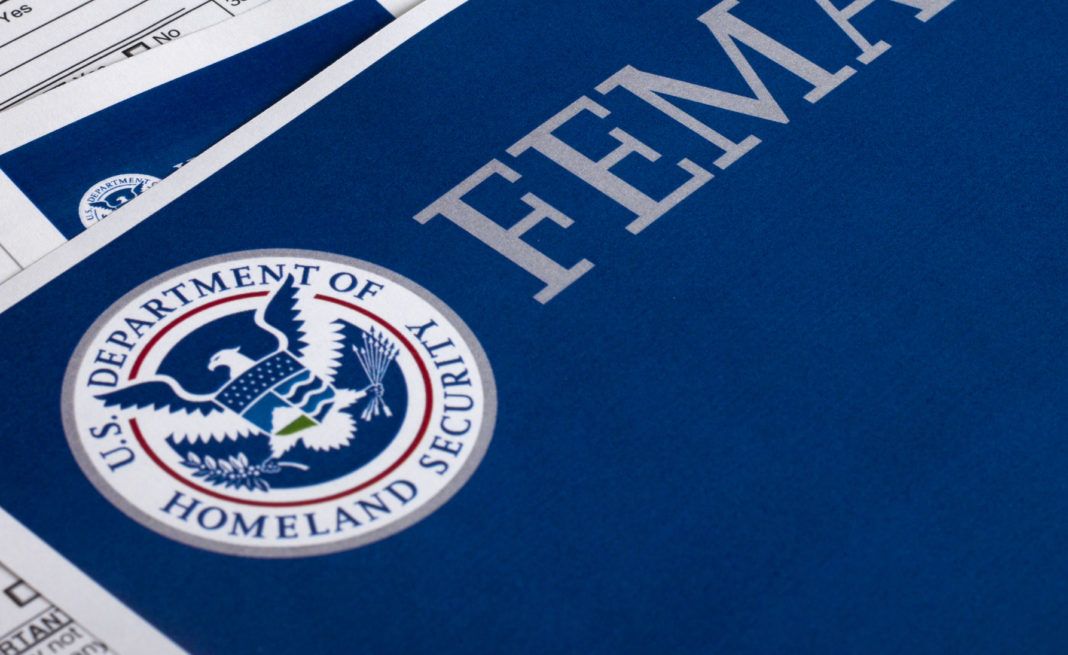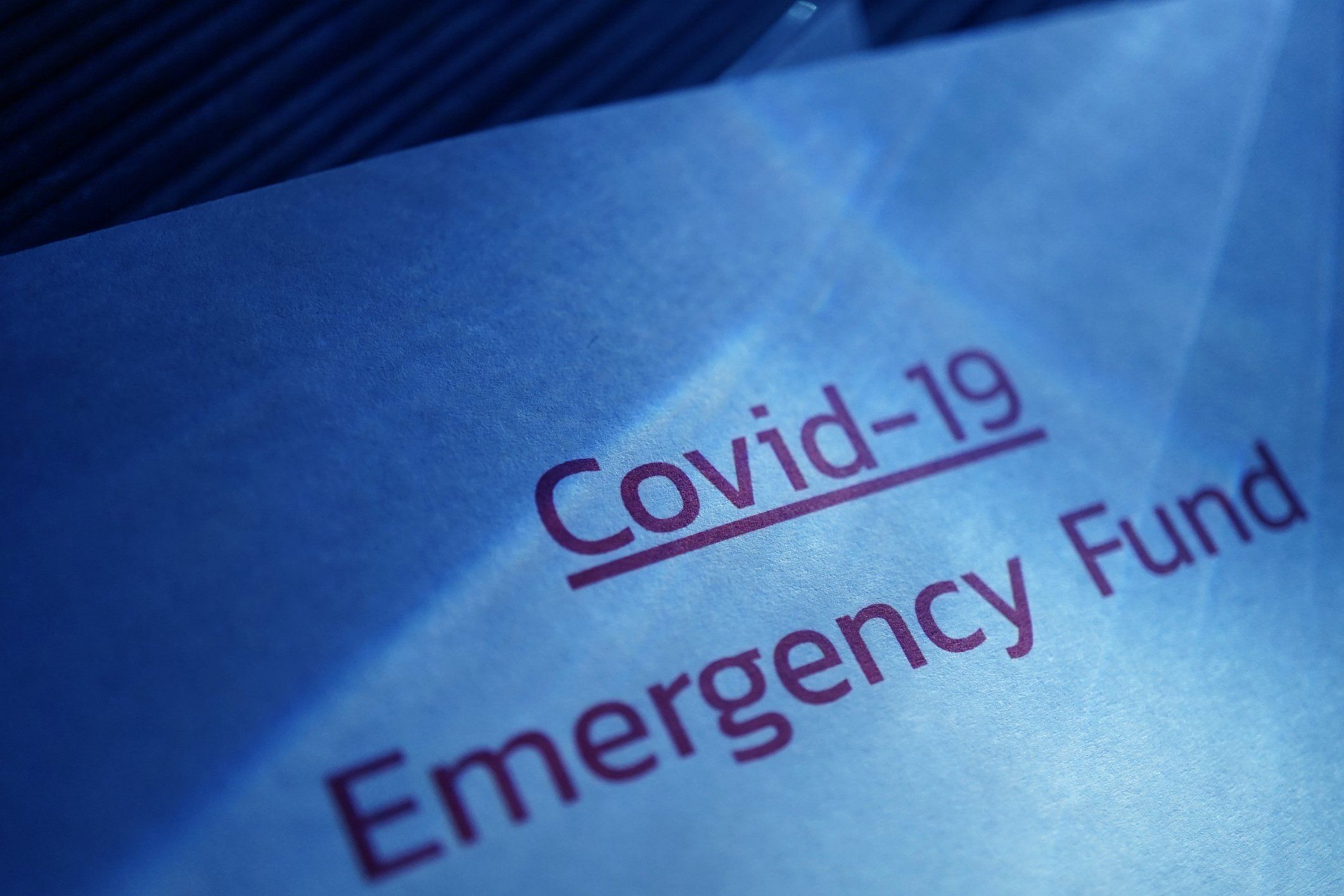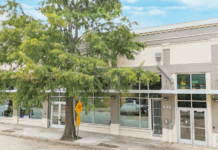CSRS has been closely following the developments of the COVID-19 public health emergency and the evolving federal, state, and local responses.
As FEMA has now become the lead federal agency to coordinate the national response and activities to address the national emergency, a significant amount of information is disseminating through various agencies and media outlets.
As information is abundant, it can also be overwhelming and confusing. Our hope is the information we are providing below will be useful and can assist as a go-to tool for public, private non-profit, and private entities.
Highlights of the President’s declaration of a national emergency issued on March 13, 2020 (EM-3459)
• It makes eligible FEMA’s Public Assistance (PA) Program for all states, tribes, territories, and the District of Columbia. The federal government will not be requiring a request for assistance from each state.
• Under PA, only Category B/Emergency Protective Measures are eligible for reimbursement.
• FEMA PA assistance will have a 75 percent federal/25 percent non-federal cost share.
• The emergency incident period has been backdated to January 20, 2020, and the ending date has not yet been determined.
• FEMA won’t duplicate assistance provided by HHS or other federal agencies.
• The states will still need to develop/execute a State Agreement.
FEMA Public Assistance Category B grants will help cover the cost of Emergency Protective Measures taken by public and non-profit entities to address and mitigate the public health emergency. Additionally, the various proposed legislation packages making their way through Congress will likely make available additional federal programs (outside of the Stafford Act) to address the various aspects this disaster (EM-3459). Other federal agencies likely to provide some type of relief or assistance include but are not limited to the Department of Health and Human Services (HHS), Housing and Urban Development (HUD), US Department of Agriculture (USDA), Department of Education (DOE), etc.
Recommendations for securing reimbursement
Accordingly, below are recommendations to assist in getting extra Covid-19-related emergency protective measures costs reimbursed as well as other related costs. At this point we recommend taking the following measures:
1. Track spending separately: Identify and keep funds and expenditures separate by creating an independent disaster account for this “incident” to enable clear tracking of disaster-related expenditures, including employee timekeeping.
2. Properly procure everything: Get three quotes for everything, even if you’re working under the emergency procurement procedures: We know it can be challenging, but even documenting phone calls with vendors will help out tremendously when you later have to justify your costs and following of procurement rules.
3. Compile and keep documents to support cost claims: Document control/scan all supporting information and keeping them in a centralized (electronic) file system that is backed up somewhere.
4. Assign a point of contact: The point of contact will be the point person for communicating with state and federal agencies.
5. Track with detailed records on every dollar spent related to response and recover: Track and document equipment use during the response phase (what, who, how, and duration of use), and be as specific as possible. If there is overtime for Force Account Labor: ensure it is in a spreadsheet and then can be converted to the appropriate FEMA forms. For any contracted staff, anything that is performed related to wipe-downs/emergency protective measures should be tracked separately so it can get reimbursed, and that time needs a description that is as detailed as possible.
6. Secure the ability to cash flow the response/recovery expenses effectively: If you need to (if there are no emergency reserves), you may need to start talking to financial institutions about getting a line of credit to pay the unbudgeted emergency expenses until they can be (partially) reimbursed. Private businesses/your vendors are most likely facing their own cash flow issues with this disaster, so they will need to be paid in a timely fashion per your contract with them.
7. Start tracking your losses (not just your costs): Depending on the parameters of forthcoming legislation, there may be some financial relief for financial losses in revenue or income caused directly from this disaster.
8. If you need extra/outside disaster management staff: Depending upon the circumstances of your entity, emergency procurement may be an option (we recommend consulting your state emergency management office to discuss your particular circumstances). See links below on emergency procurement. However, an entity can always issue a request for proposal (RFP) that meets federal procurement requirements to bring on additional specialized resources to help manage the emergency expenses and requests for reimbursement from the anticipated multiple federal agencies that will be offering support. (Federal guidelines for procurement can be found here.
Necessary Steps for Public and Private Non-Profits to receive federal assistance through FEMA’s Public Assistance Grant Program (i.e. Registration)
• Visit your state’s emergency management agency website that administers the FEMA funded response and recovery programs (in Louisiana, that website is louisianapa.com.)
• Complete a Request for Public Assistance (RPA), which starts the process of registers your entity for Public Assistance. Your entity cannot receive Public Assistance without first submitting an RPA to your respective state.
• The current deadline to register is April 13, 2020.
• Once this is completed you are then designated by the state as an “applicant” or “sub-grantee.”
• Upon completing your RPA, you will be contacted by the state to conduct an applicant briefing via a webinar.
For private entities Including small businesses
For the private industry (small business), the Small Business Administration (SBA) is offering Economic Injury Small Business Loans.
• Register on-line at sba.gov
• Loans are up to $2M. Low interest rates of 3.9 percent for private companies; 2.9 percent for Private Non-Profits.
• PNPs (excluding critical PNPs) must apply with SBA before applying to FEMA.
Additional websites with helpful information
• Centers for Disease Control: cdc.gov
• FEMA Fact Sheet: COVID-10: Public Assistance Simplified. Get the application.
• FEMA’s guidance on Emergency Procurement
• FEMA’s memo on “Procurement Under Grants Conducted Under Emergency or Exigent Circumstances for COVID-19,” dated March 17, 2020
• Louisiana’s procurement site addressing emergency procurements (page five speaks to professional services:
To monitor this continuously evolving situation, frequently check the links listed in this article and csrsinc.com. For more information, contact CSRS’ team of disaster recovery experts.
Allison Davis Atkinson
allison.davis@csrsinc.com
(504) 232-1416
 GET DAILY REPORT FREE
GET DAILY REPORT FREE









